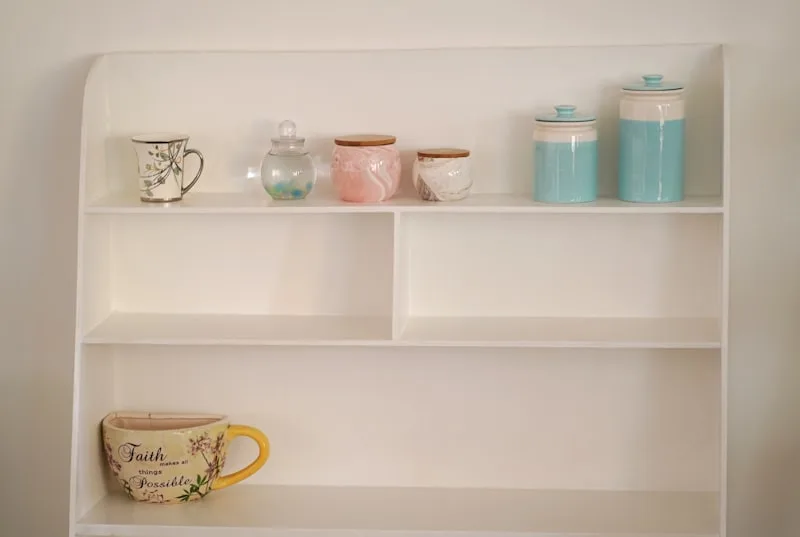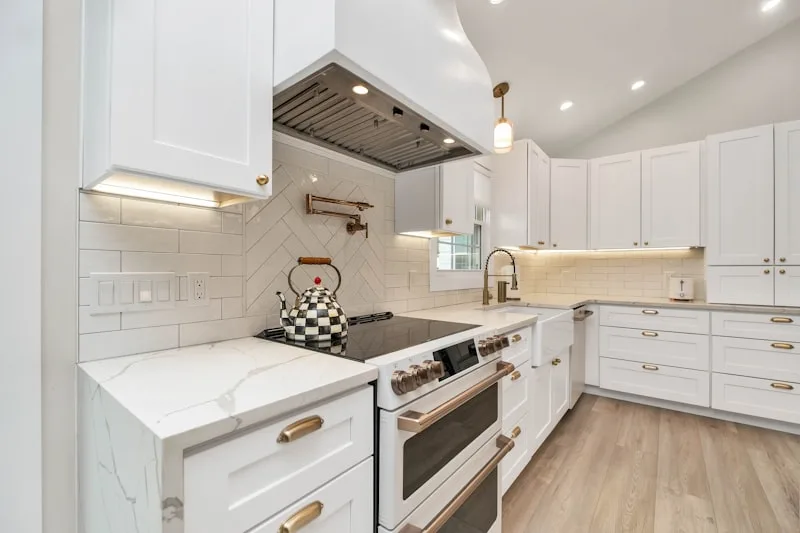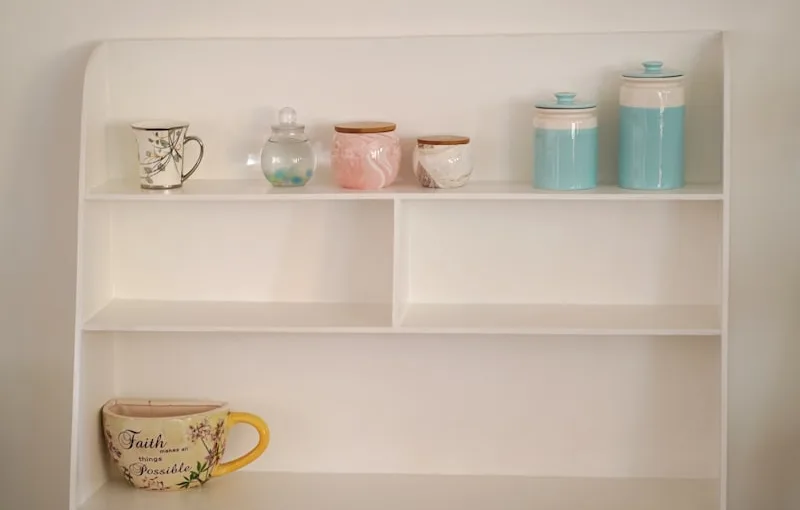First off, denatured alcohol is a powerful solvent, often used for cleaning and prepping surfaces. Think of it as the superhero of the cleaning world—strong enough to tackle tough grime but potentially a bit too aggressive for delicate finishes. If your cabinets are coated with a high-gloss finish, using denatured alcohol could indeed dull that shine. It’s like trying to wipe away a beautiful painting with a rough cloth; you might end up with a masterpiece that’s lost its luster.
Now, if you’re dealing with a more matte or satin finish, denatured alcohol might not be as harsh, but it’s still a gamble. It’s like playing with fire; you might get lucky, or you might end up with a scorched surface. Always test a small, inconspicuous area first. This way, you can see how your cabinets react without committing to a full-blown makeover.
The Truth About Denatured Alcohol: Can It Dull Your Kitchen Cabinets?
Denatured alcohol is essentially ethanol that’s been mixed with additives to make it undrinkable. It’s often used as a solvent or cleaner, and while it can be effective for certain tasks, it’s not always the best choice for your kitchen. Imagine using a sledgehammer to hang a picture—sure, it’ll get the job done, but it might cause more harm than good.
When you apply denatured alcohol to your cabinets, especially if they’re finished with a lacquer or varnish, you run the risk of stripping away that protective layer. Think of it like using sandpaper on a delicate painting; it might remove the grime, but it could also ruin the artwork underneath. Over time, this can lead to a dull, lackluster finish that no amount of polishing will fix.
So, what’s the alternative? Instead of reaching for that bottle of denatured alcohol, consider using a gentle soap and water solution or a specialized wood cleaner. These options are like a soft hug for your cabinets—effective yet gentle, preserving their beauty while keeping them clean.
Gloss Be Gone: Exploring the Effects of Denatured Alcohol on Cabinet Finishes

Denatured alcohol is like that friend who shows up to a party ready to clean up the mess. It’s a powerful solvent that can effectively remove grime, grease, and even old finishes. Imagine your cabinets as a canvas, and over time, they’ve collected layers of dust and oils that dull their shine. Using denatured alcohol is like giving that canvas a fresh coat of paint—only, in this case, it’s more about stripping away the old to reveal the new.
But here’s the kicker: while denatured alcohol can work wonders, it’s not without its risks. Think of it as a double-edged sword. On one hand, it can rejuvenate your cabinets, but on the other, it can also strip away protective finishes if you’re not careful. It’s crucial to test a small, inconspicuous area first. You wouldn’t dive into a pool without checking the water temperature, right?
So, how do you use it? Simply dampen a soft cloth with denatured alcohol and gently wipe down the surface. You’ll be amazed at how quickly it cuts through the buildup. Just remember, moderation is key! Too much scrubbing can lead to unwanted damage, so treat your cabinets with the care they deserve. With the right approach, denatured alcohol can be your secret weapon in the quest for stunning, long-lasting cabinet finishes.
Kitchen Cabinet Care: Is Denatured Alcohol the Secret to a Matte Finish?
So, what’s the deal with denatured alcohol? It’s not just some fancy cleaning solution; it’s a powerful solvent that can help you strip away that glossy finish without damaging the wood underneath. Imagine it as a magic eraser for your cabinets, gently lifting away layers of grime and shine, revealing the beautiful, natural grain of the wood. But hold on—before you dive in, let’s chat about how to use it effectively.
First off, you’ll want to make sure your cabinets are clean and free of dust. Think of it like prepping a canvas before painting. Once you’ve got a clean slate, grab a soft cloth and dampen it with denatured alcohol. Now, here’s where the magic happens: gently rub the cloth over the surface of your cabinets. You’ll notice the shine start to fade, revealing that lovely matte finish you’ve been dreaming of.
Will Denatured Alcohol Ruin Your Glossy Cabinets? Experts Weigh In
First off, denatured alcohol is a powerful solvent, often used for cleaning and removing stains. It’s like that friend who’s always ready to help but sometimes goes a little overboard. While it can effectively cut through grime and grease, it can also strip away the finish on your cabinets if you’re not careful. Imagine using a sledgehammer to hang a picture—sure, it’ll get the job done, but at what cost?
Experts recommend testing denatured alcohol on a small, inconspicuous area first. Think of it as a dress rehearsal before the big show. If your cabinets are made of wood with a glossy finish, you might want to steer clear of this solvent altogether. Instead, opt for gentler cleaners that won’t risk dulling that beautiful shine you’ve worked hard to maintain.
Another thing to consider is the type of finish on your cabinets. Some finishes are more resilient than others. If you’ve got a lacquer finish, denatured alcohol could be a recipe for disaster. It’s like pouring vinegar on a delicate salad—what was once fresh and vibrant could quickly turn into a soggy mess.
So, while denatured alcohol can be a handy tool in your cleaning arsenal, it’s essential to approach it with caution. Your glossy cabinets deserve the best, and sometimes that means choosing a gentler touch.
From Shine to Dull: The Impact of Denatured Alcohol on Kitchen Cabinetry
Denatured alcohol is often touted as a miracle cleaner. It’s great for cutting through grease and grime, making it a go-to for many DIY enthusiasts. But here’s the catch: while it can make your cabinets sparkle temporarily, it can also strip away the protective finishes that keep them looking fresh. Imagine using a powerful tool to polish a beautiful gem, only to realize you’ve scratched its surface instead. That’s what denatured alcohol can do to your cabinetry.
When you use it on wood finishes, it can dissolve the varnish or lacquer, leaving your cabinets vulnerable to moisture and stains. It’s like leaving your favorite shirt out in the rain; it might look fine at first, but over time, the damage becomes evident. You might think you’re saving time and effort, but in reality, you could be setting yourself up for a costly refinishing project down the line.

So, what’s the alternative? Instead of reaching for that bottle of denatured alcohol, consider using a gentle soap and water solution. It’s like choosing a soft hug over a bear hug—both are comforting, but one is far less likely to leave you bruised. Your cabinets deserve that gentle touch, ensuring they stay vibrant and protected for years to come. After all, who doesn’t want their kitchen to be the heart of the home, radiating warmth and charm?
Frequently Asked Questions
How Does Denatured Alcohol Interact with Cabinet Finishes?
Denatured alcohol can effectively clean and prepare surfaces before applying cabinet finishes. However, it may also strip existing finishes or damage the wood if used excessively. Always test on a small area first to ensure compatibility and avoid unwanted effects.
How to Safely Clean Cabinets Without Losing Gloss?
To clean cabinets without losing their gloss, use a soft microfiber cloth and a gentle cleaning solution, such as a mix of warm water and mild dish soap. Avoid abrasive cleaners and scrubbers that can damage the finish. Wipe in the direction of the grain and dry immediately with a clean cloth to prevent water spots.
Can I Use Denatured Alcohol on Glossy Cabinets?
Denatured alcohol can be used on glossy cabinets, but caution is advised. It effectively removes dirt and grease without damaging the finish. However, test it on a small, inconspicuous area first to ensure it does not dull or harm the surface.
What Are the Risks of Using Denatured Alcohol on Cabinets?
Using denatured alcohol on cabinets can lead to several risks, including damage to the finish, discoloration, and potential warping of the wood. It may strip away protective coatings, making the surface more susceptible to moisture and stains. Always test on a small, inconspicuous area first and consider safer alternatives for cleaning.
Does Denatured Alcohol Affect Cabinet Gloss?
Denatured alcohol can impact the gloss of cabinets by stripping away the finish or causing cloudiness. It is important to test on a small, inconspicuous area before applying it to the entire surface to avoid damaging the cabinet’s appearance.
